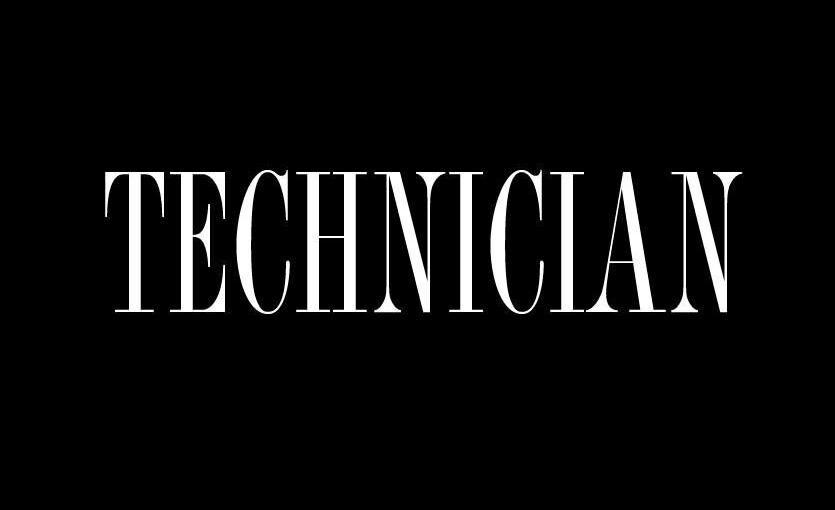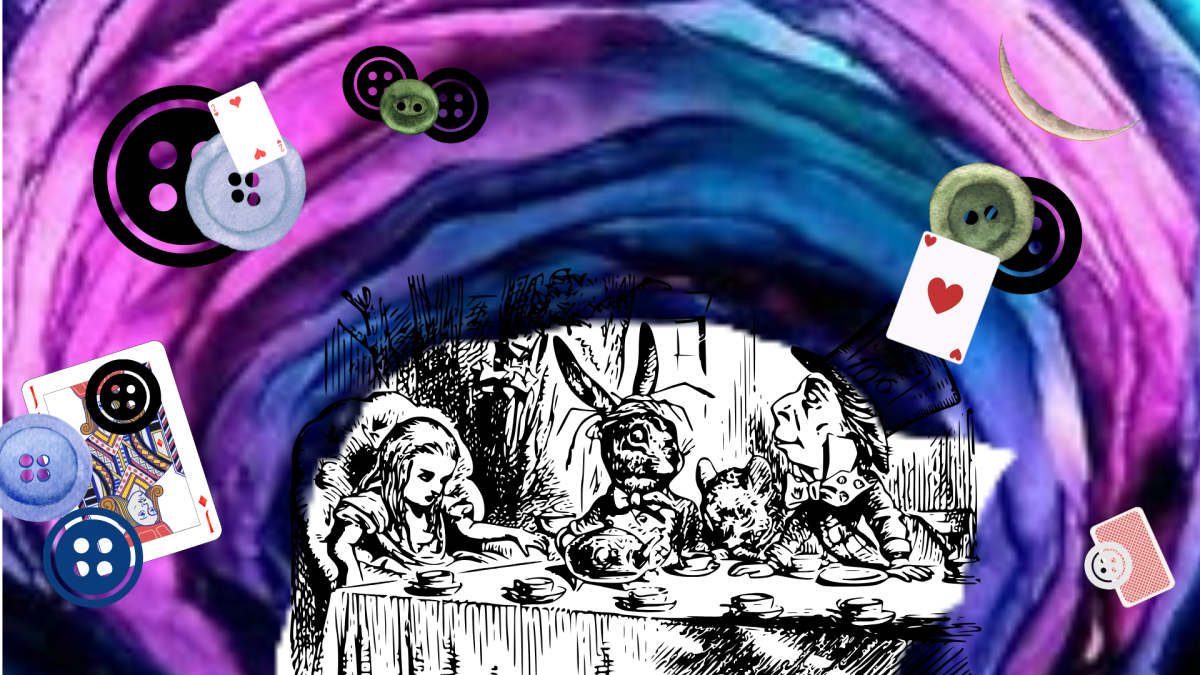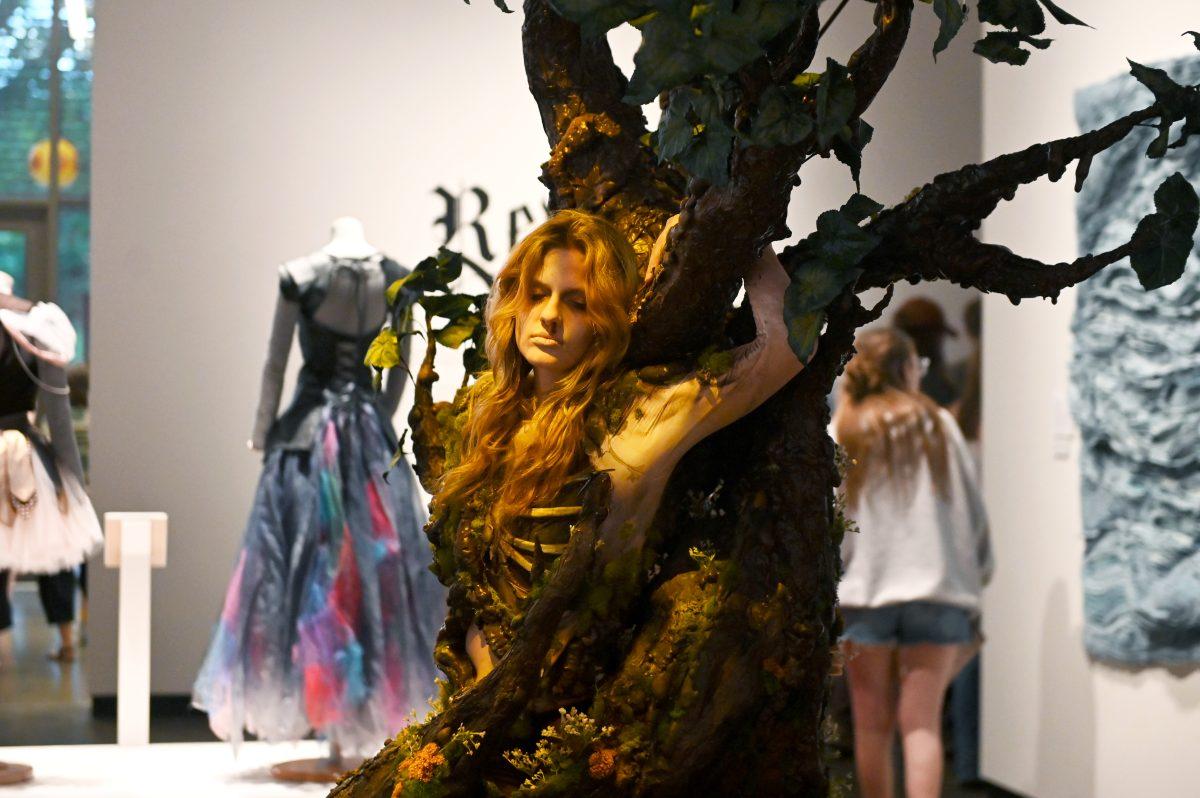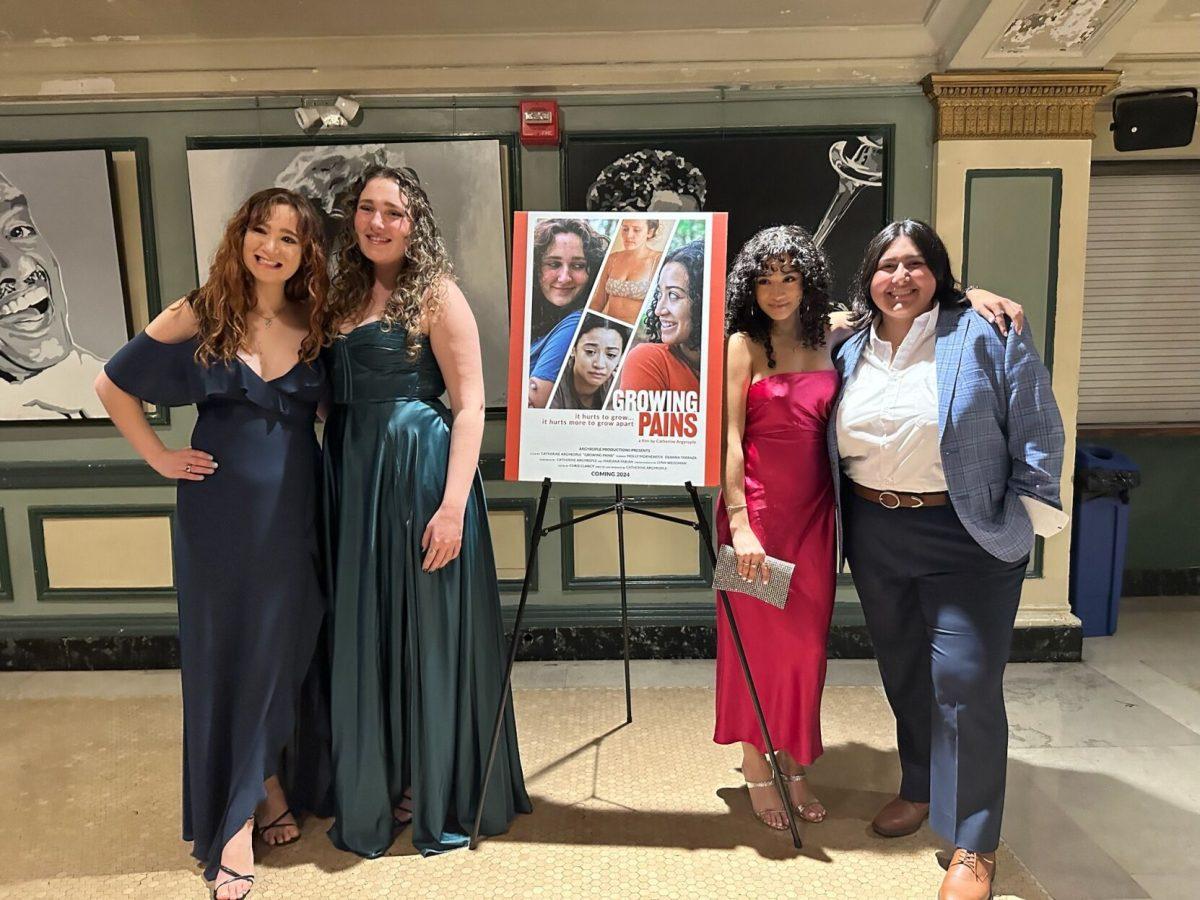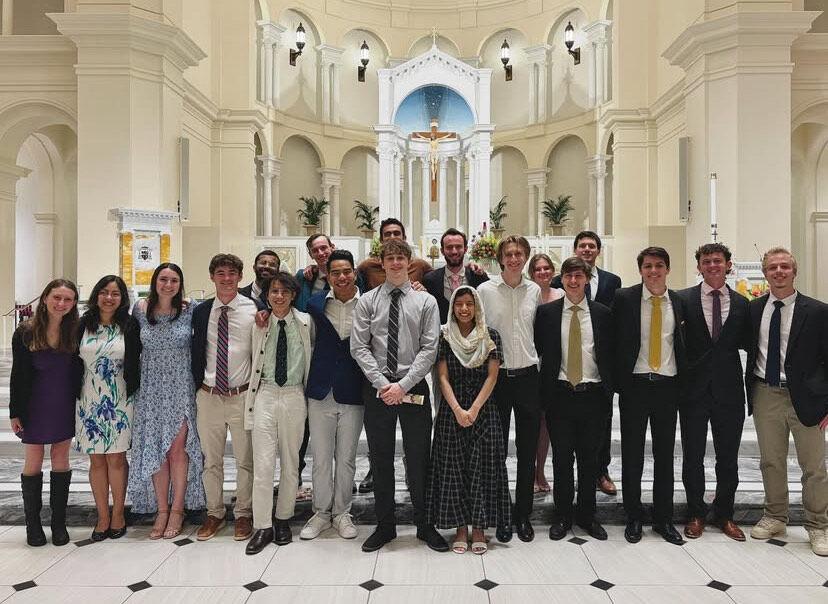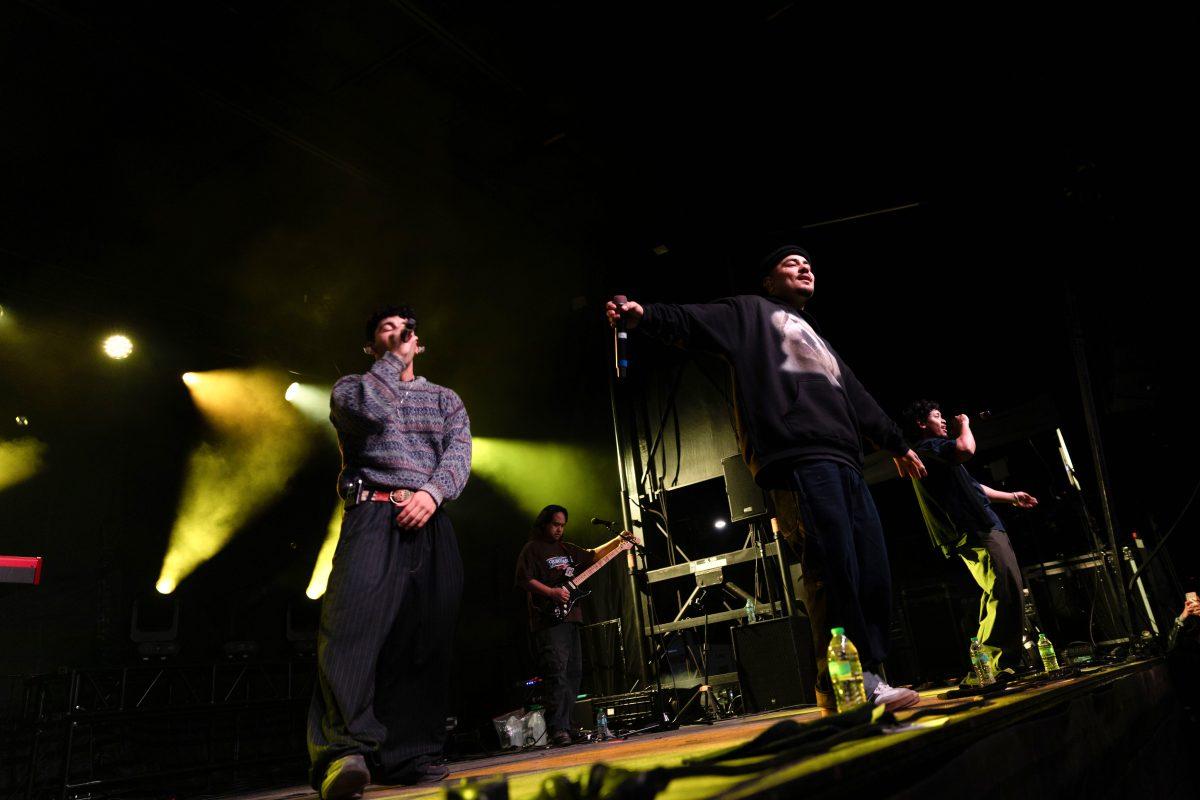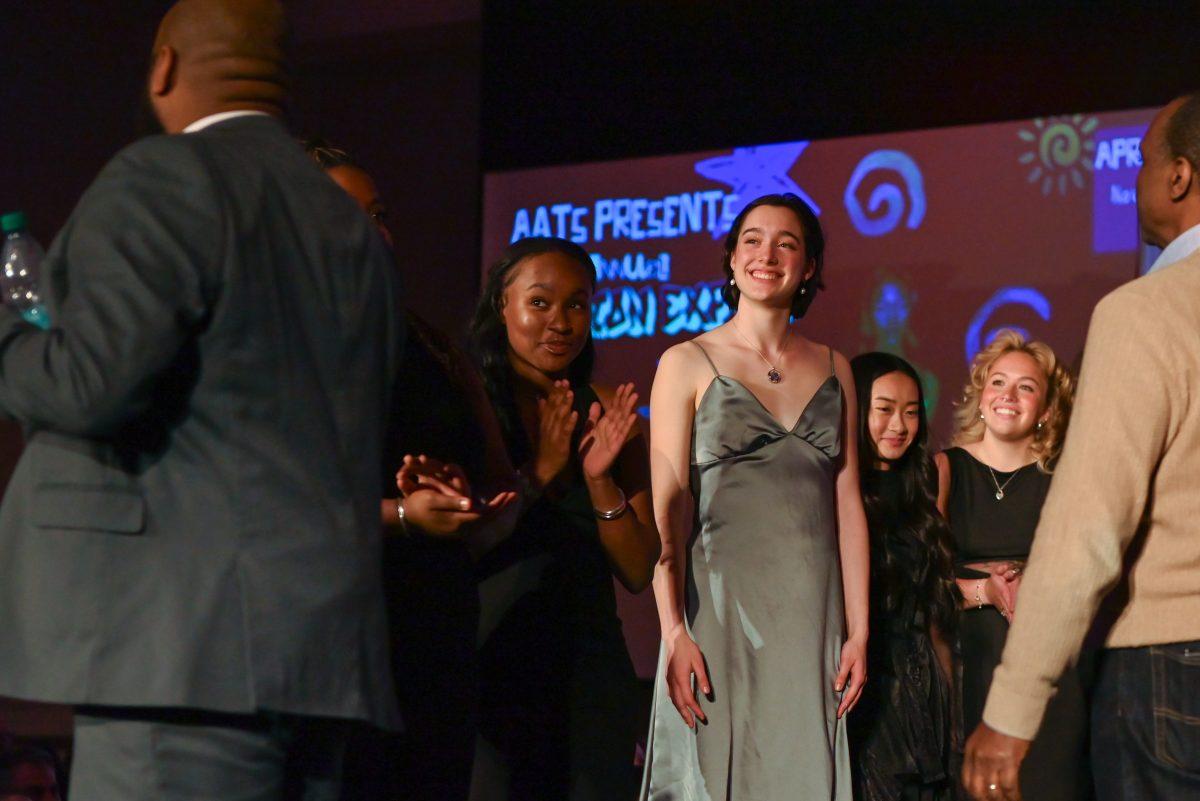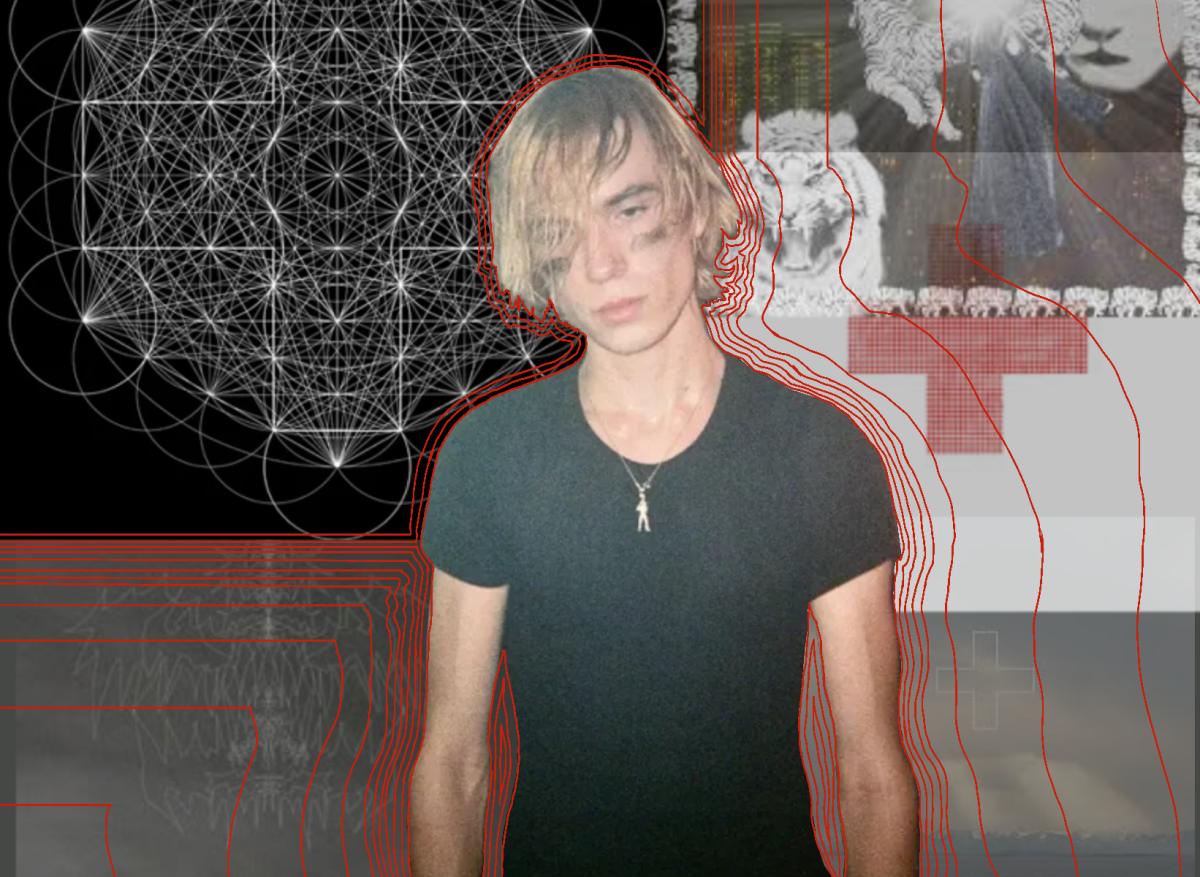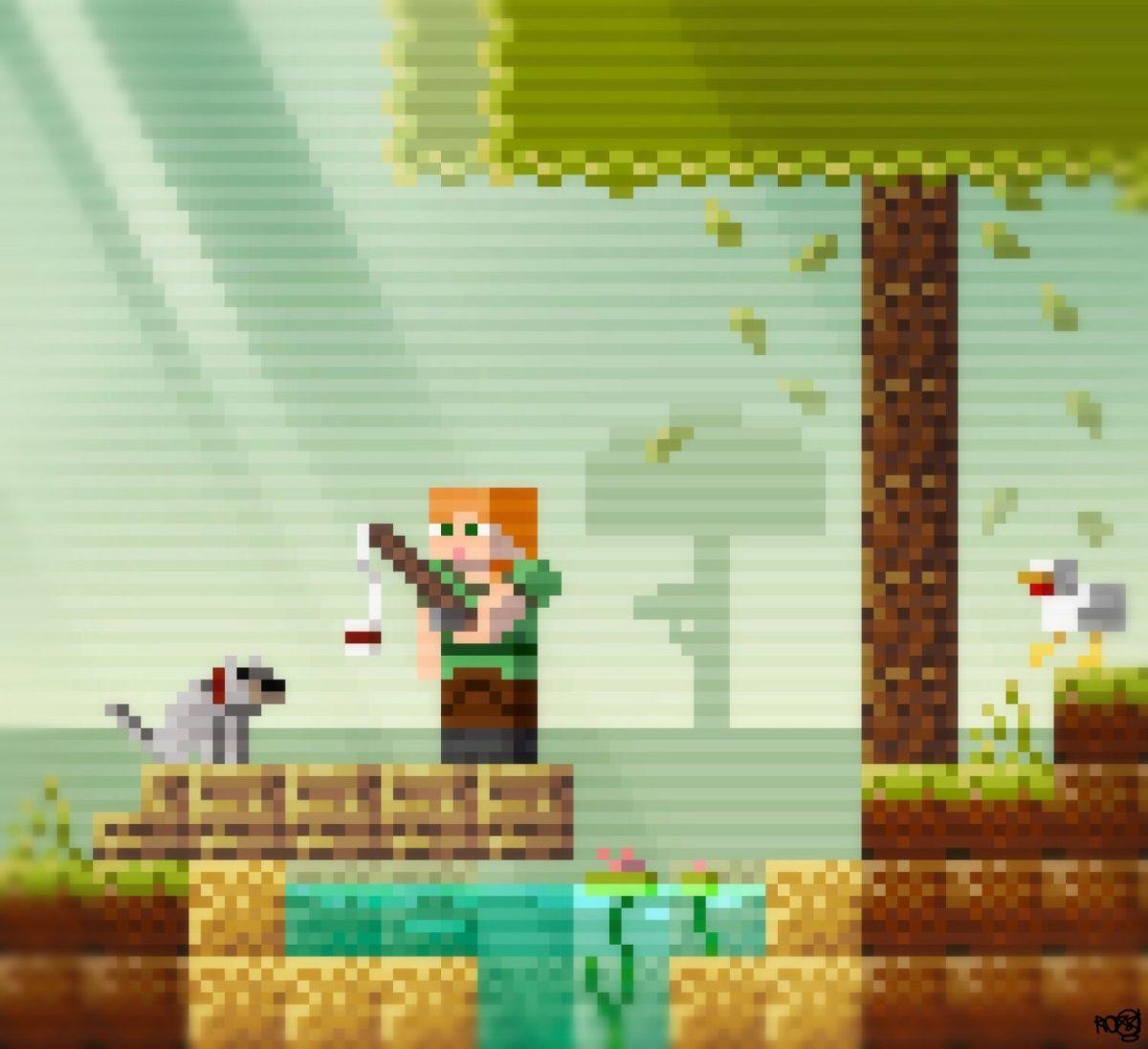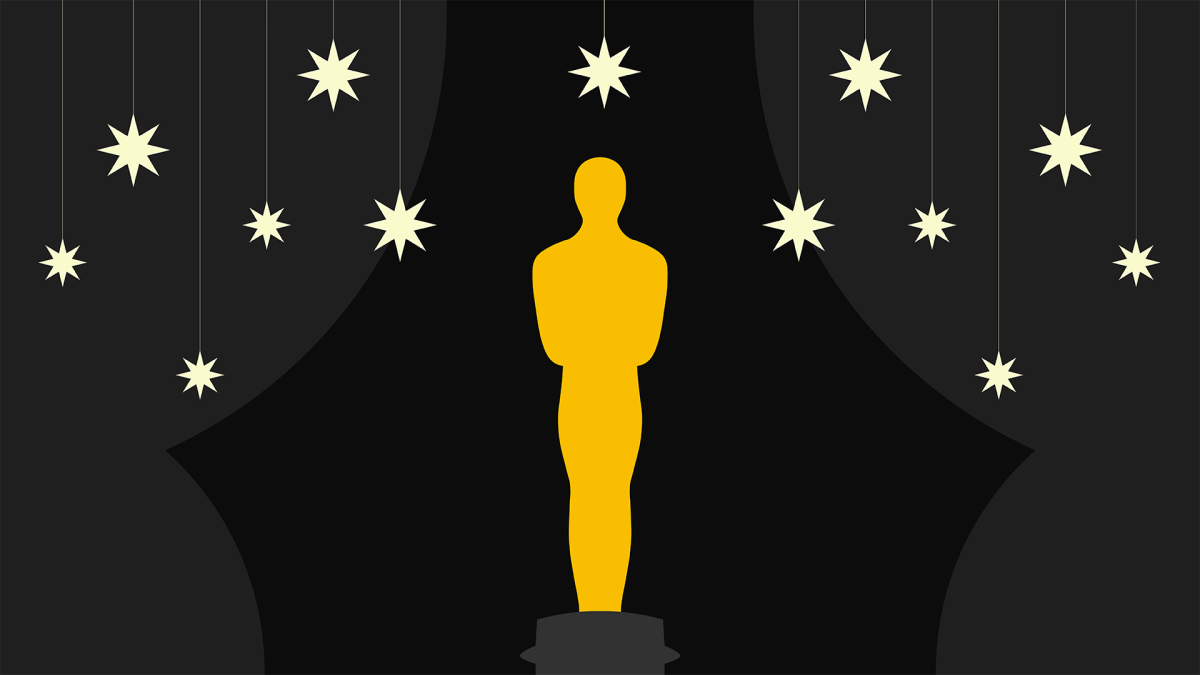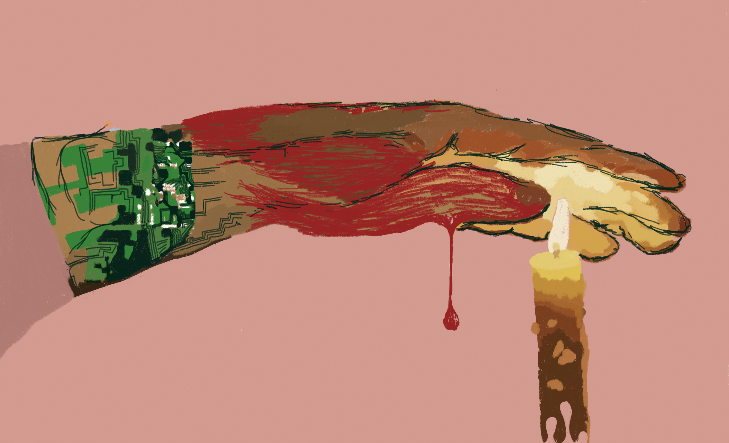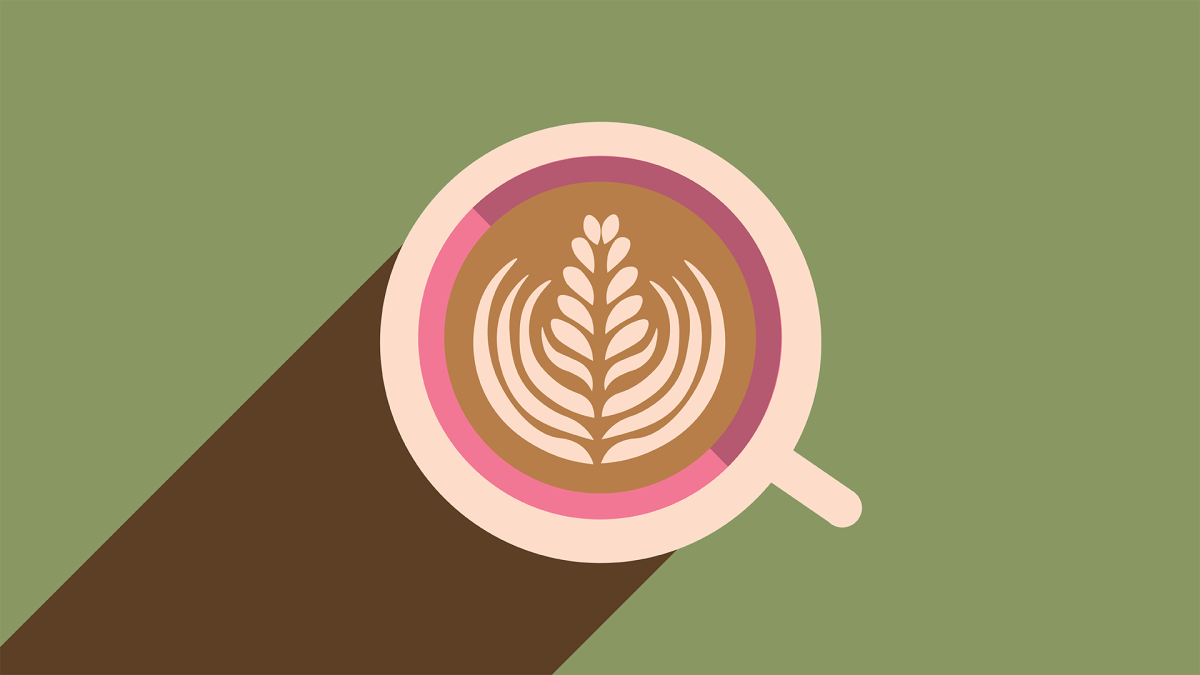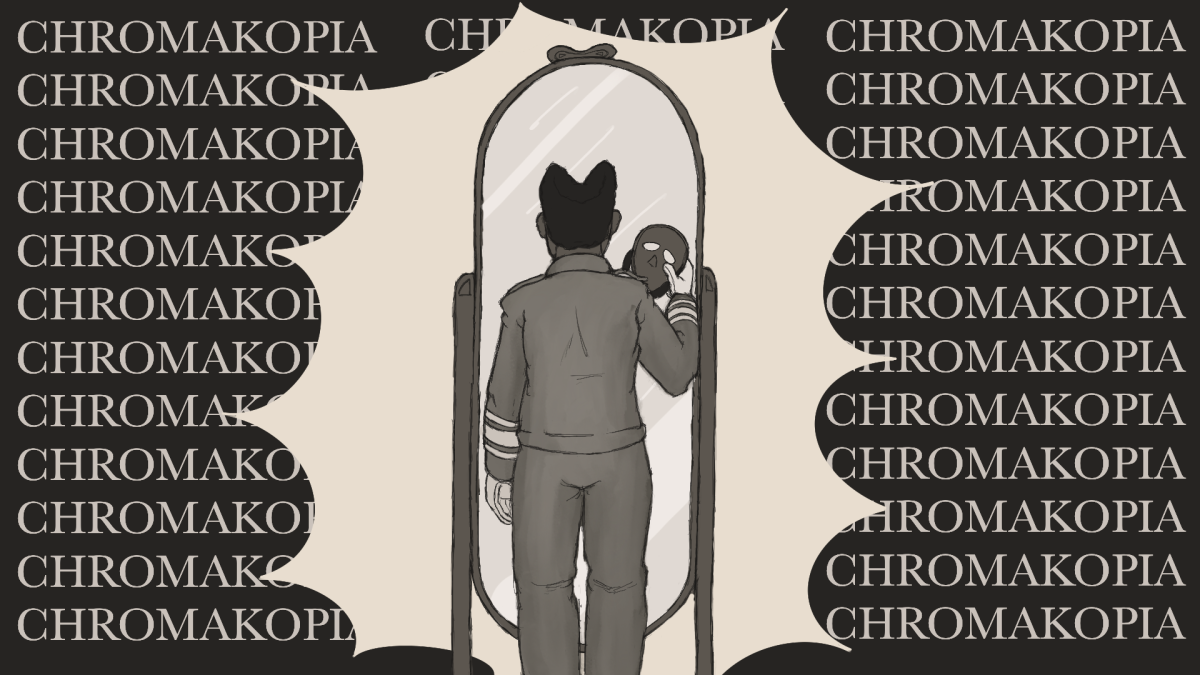“Alice in Wonderland” illustrates the contradictory, heretical rules adults abide by through the eyes of an adolescent. That being said, I took away something different from the ballet. It felt akin to the creation story, bored in the liminal world, we decide to descend to Earth and meet its peculiar joys and burdens.
I think of “Alice in Wonderland” as an incarnation story, a guide to life on Earth, “eat me,” “drink me.” If we chose to occupy this Earth with its specific luxuries, should we indulge? Alice’s code of conduct says yes — we drink the things that make us bigger, eat the things that make us smaller, drink with the lunatics, chase the rabbit with no time for us and appease and wage war with the tyrant.
The particular segment of the play that resonated with me was her conversation with the caterpillar. He pries, “Who are you?” She responds, “I hardly know, sir, just at present, at least I know who I was when I got up this morning, but I think I must have changed several times since then … I can’t explain myself … I’m not myself, you see.”
Alice seems to be feeling a sentiment of loss of self and ego-death, a phenomenon associated with psychedelics, and in the age of ketamine-assisted therapy we can understand questioning existence and the self and peace in uncertainty and fluidity as possible antidotes to an increasingly inflammatory scape.
These stories of enticing worlds with alternate rules remind us the world could be different, for better or worse, inducing contentedness for our states simultaneously to inspiration for changes in facets we see fit.
Falling down, down, down, down the rabbit hole of algorithmic inflammatory pipelines can create a particular world and an inflated sense of self through a community of seemingly other outcasts, which creates a community. This often digitally curates an awkward paradox between internet-Alice and the local world they impact and engage with.
In “Coraline,” Coraline sees similar drab beginnings and temptations of another world of sweets and indulgence. We see this through the role the “other-mother” occupies. She does not equate to ideals we would hope parents to instill, instead, she is rather indulgent with boundaries and hopes to coax Coraline to turn over her soul through unadulterated experiences.
A parental figure without bounds, without upstanding character and diplomacy, the “other-mother” hopes to feed off of Coraline’s soul, feed off of her life force.
Tales of “Coraline” and “Alice in Wonderland” look to check and balance normalities and extremities in the worlds we’ve created. Indulging in fiction and questioning realities is a cognitive psychedelic pursuit that can work to further integrate critical thinking that seems to be losing traction in the wake of pipelines, misinformation and inflammatory discrimination/othering.
The “Alice in Wonderland” ballet ends with her looking at her younger self through a door. It makes me curious about being your own parent, nurturing your child self and making them proud.
In this way we might see ourselves being our own mother and father, the role of femininity and masculinity. In an opener performance for “Alice in Wonderland,” dancers performed as the instruments in the orchestra, women were strings, men were brass and percussion. I think this lends well to our understanding of balance.
You are the yin and yang of your existence, the conductor and the spectator of your own performance. Incorporating both values and questioning how they are flawed and can be better, make life a beautiful song of love, compassion and cohesion.

